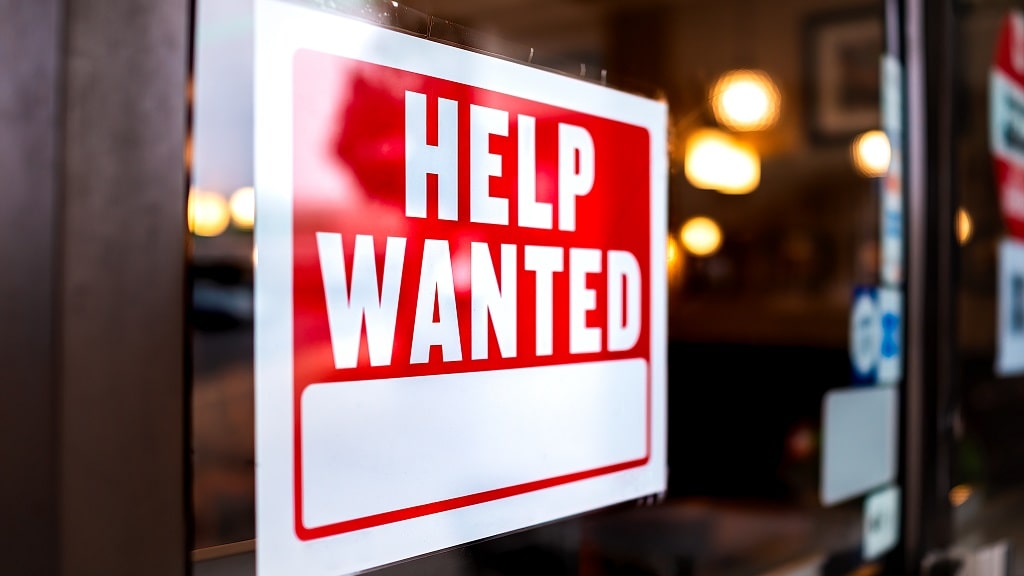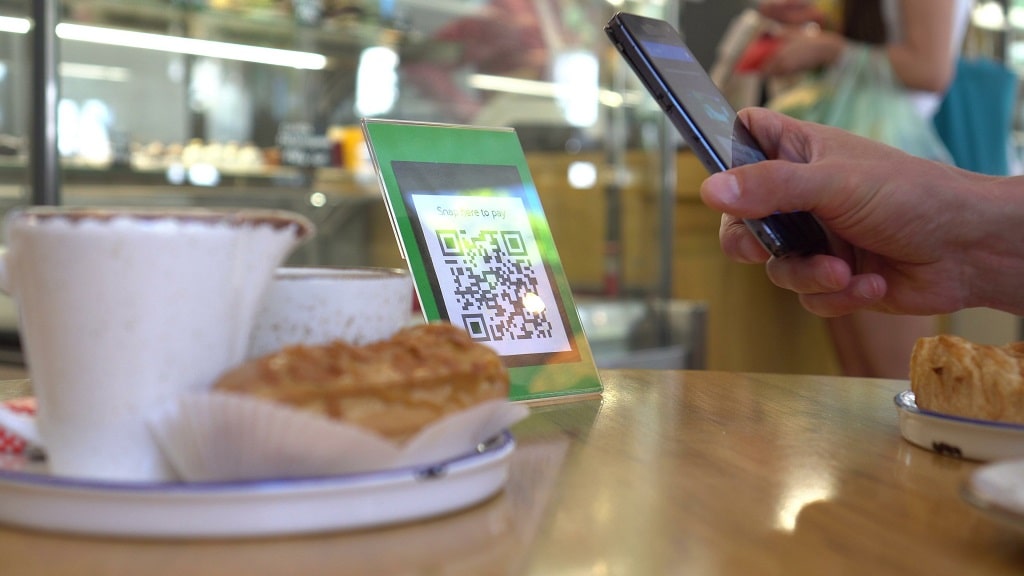How Restaurants Can Survive the Supply Chain Crisis
Associate Professor Brian Warrner, CHE, teaches food and beverage industry management at Johnson & Wales University College of Hospitality Management in Providence, R.I. Research, interviews and his own insights inform these strategies for restaurants to ride out the latest challenge: supply chain issues.
“May you live in interesting times.”
The origin of this expression is debatable, it could be meant as a blessing or a curse! What is not debatable is that we are most certainly living in interesting times, especially in the restaurant business. COVID and other world events have upended everything we thought we knew about navigating uncertain waters. And the waters remain choppy. In just the last four months, I have made two presentations and written two articles on the supply chain and how food and beverage operators can deal with associated challenges. In each case, my operational recommendations have shifted slightly because circumstances have shifted. Here’s one more bite at the apple considering today’s environment.
What is happening?
Supply Chains Remain Unreliable
According to the National Restaurant Association’s 2022 State of the Restaurant Industry report, 96% of operators reported delays in supply. Most operators and consumers have become accustomed to their preferred menu items not being available.
Most operators and consumers have become accustomed to their preferred menu items not being available.
Many of these delays are related to labor-associated bottlenecks. Early in the pandemic these shortages were often related to COVID. At this point, they are more likely to be caused by workers uninterested in supply chain jobs like, for example, long-haul trucking drivers and instead they are opting for jobs that provide better pay, benefits and quality of life.
Some delays are associated with reductions in production because of pandemic-related uncertainty. Many producers cut outputs dramatically during the pandemic and are now struggling to produce at levels to meet current demand. The airline industry provides an excellent example here. Some carriers reduced capacity dramatically. Flight delays and cancellations are partly the result of their inability to ramp back up to meet surging customer demand for travel.
Labor Shortages Persist
 Even though the food and beverage industry has gained thousands of jobs, it still has not bounced back to pre-pandemic levels.
Even though the food and beverage industry has gained thousands of jobs, it still has not bounced back to pre-pandemic levels.
While many jobs have returned to the food and beverage sector, many others have yet to return. On a positive note, the industry added 1.7 million jobs in 2021, according to the same NRA report, and has continued to steadily add jobs through the first half of 2022. Unfortunately, even though the industry has added 350,000 jobs in 2022, there remain 750,000 jobs fewer than prior to the pandemic. Nearly two-thirds of these missing jobs come from the fine dining segment. Perhaps most unfortunate, 75% of operators report being short labor, and workers have yet to migrate back.
Everything Costs More
No kidding! Consumers and producers alike understand inflation has been running at 50-year highs. Gasoline and food especially are taking a huge bite out of budgets. Operators are dealing with labor shortage and wage increases that have been precipitous and still haven’t solved their shortages. These are all key costs associated with running a restaurant and so have had a particularly profound impact there.
Food costs are up across the board, up 13.5% in the last year. Dairy prices have increased about 30%, Fruits and vegetables around 20% and meat fish and poultry about 20%. The cost of eggs has increased 156%! (These number change monthly; check the USDA Food Price Outlook for the latest figures.)
While supply and delivery are certainly partly responsible for these increases, they are most likely the result of red-hot demand. The federal government is hoping to put the American economy into a gentle and short recession at the end of this year in order to cool this demand. But wage increases, unspent stimulus money and especially pent-up demand for discretionary activities have yet to wane. At this year’s National Restaurant Show, I shared a cab to the airport with a salesman for a beef slaughterhouse in Iowa. I asked him how much of the price of beef was the result of “gouging” consumers. He reminded me that his company was just charging what consumers would pay and to that point they hadn’t reached the top of the market.
What Can Restaurants Do?
I asked some operators for their day-to-day solutions for dealing with supply chain uncertainty. All of them mentioned that this presented a new challenge that required new solutions and especially, a flexible approach to operations.
- Kayla Robinson is executive chef at Arnold’s Bar & Grill in Cincinnati, Ohio and a Food Network personality. For her, flexibility has gone so far as to not making her daily menu until her deliveries arrive. Planning is only so useful and not always possible.
- Andrew Chun is managing partner of Sidecar Hospitality in San Francisco. He recommended focusing on dish proportions, including a consistent amount of food but changing proportions to feature less expensive components.
- Christopher Carraher is director of food and beverage for Caesar’s Entertainment. He recommended focusing on customer expectations. He relayed a useful story about cutting offerings on the famous Caesar’s Buffet to keep prices steady. Customers pushed back because their expectations for the buffet focused on selection and quality and not on price and value.
- Frank Martucci is director of beverage and nightlife at Bally’s and has been an active supporter of JWU students and programs. He is willing to accept uncertainty but wants to keep lines of communication open and current between operators and suppliers. He doesn’t like not getting what he’s ordered, but he wants a heads up so he can make another plan.
Read More:
>>> How Restaurants are Reacting and Adapting to the COVID-19 Crisis
>>> Has the Pandemic Changed Restaurants for the Better?
5 Actions Restaurants Can Take Now
 Takeout and delivery remain strong alternative revenue streams for restaurants.
Takeout and delivery remain strong alternative revenue streams for restaurants.
The reasons for current conditions give some direction about how to proceed moving forward. As the operators above can attest, reacting to permanent changes and remaining flexible provides the best chance for success.
... reacting to permanent changes and remaining flexible provides the best chance for success.
- Increase prices: Aggressively! Inflation for June was 9.1%. The National Restaurant Association reporeted that restaurant menu prices for June increased 7.7% year-over-year. Grocery prices are up 12.2% over the same period. Consumer demand for services has increased 8% and remains high despite these increases in costs. While there is likely a breaking point for consumer spending and some sort of recession is on the horizon, consumers have yet to show any pullback.
- Focus on your most profitable methods of distribution: Good help is hard to find and if you can find it, it’s really expensive. Even if dine-in has been your primary method of selling to your customers, the cost of labor may have made it less profitable. Consider instead focusing on alternatives like delivery, identified as an essential service for a majority of adults and for three-quarters of millennials. If delivery is too difficult or expensive (especially when provided by third parties like Grubhub), consider focusing on curbside and pickup. Dominoes is offering a $3 “tip” for consumers picking up and for some time Starbucks has rewarded customers for remote ordering and in-store pickup. Both may be convenient for consumers but are offered because they make operations easier for the operator. Panera just introduced subscription beverages. This monthly fee alternative is favored by 80% of young consumers.
- Smaller menus, simpler preparations: Careful planning has always been a key to success in restaurants. Now, not so much. Nationally, menus have 13% fewer items. Chefs have focused on fewer offerings and simpler preparations. They cross-utilize fewer SKUs in multiple applications, plan menus by shift and focus on available foods less affected by supply issues. This simplified approach mitigates supply chain uncertainty and staffing shortages.
- Actively manage inventory and the supply chain: Managers are likely accustomed to dealing with inventory, just not as actively or as willingly as is currently required. Increased costs can result in tighter margins. High margins can hide poor management. Tight margins require tighter control. Where order fulfillment remains inconsistent, stock up. Lower inventories have traditionally been preferrable but now it’s best to take what you can get when you can get it. Certainly cash, space and spoilage must be considered, risk is now concentrated in stockouts not high carrying costs.
- Invest in technology: An investment in technology can reduce the need for people to run your operation. We’re not talking about robots here but much more subtle services that can reduce the responsibilities of the employees you have in your operation. I referenced the Starbucks app above. Leaving the customer responsible for deciding what to order, ordering and paying frees their employees to make drinks. Studies have indicated that these kinds of services can reduce your employees’ responsibilities by 25%, perhaps reducing your need for help by this amount. This is not new…companies like OTG have been offering “Technology Enhanced Services” for years.
 With fewer employees, technology could be a worthwhile investment for restaurant owners and a win on convenience for customers.
With fewer employees, technology could be a worthwhile investment for restaurant owners and a win on convenience for customers.
Shaky supply chains and inflation continue as the norm and will likely be for a little while longer. That said, shortages seem to be waning and some key costs are inching downward. We are likely headed for a recession and a return to some sort of equilibrium. Operators can rest assured that in the interim, the actions mentioned above are necessary — until we come to rest in less interesting times.



